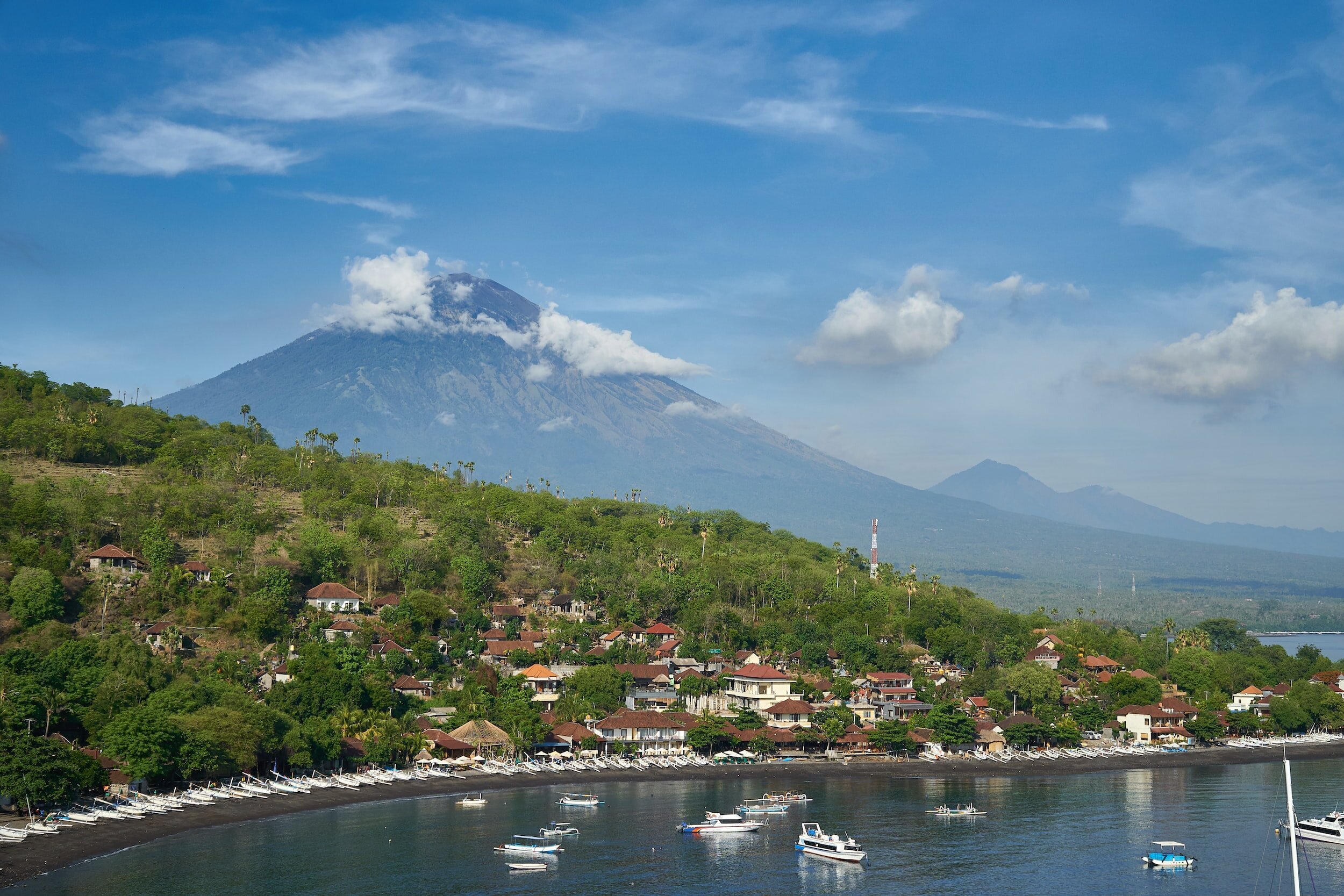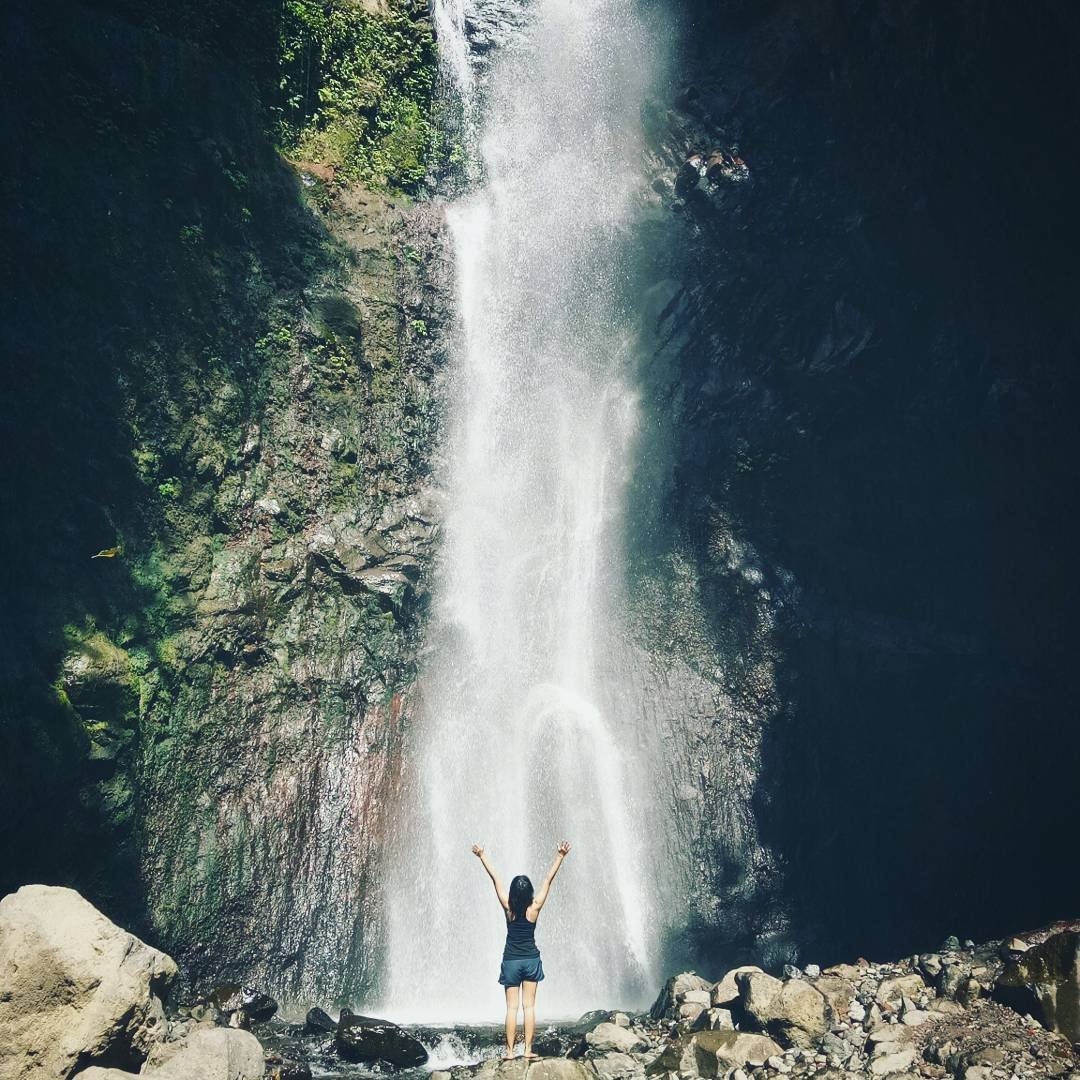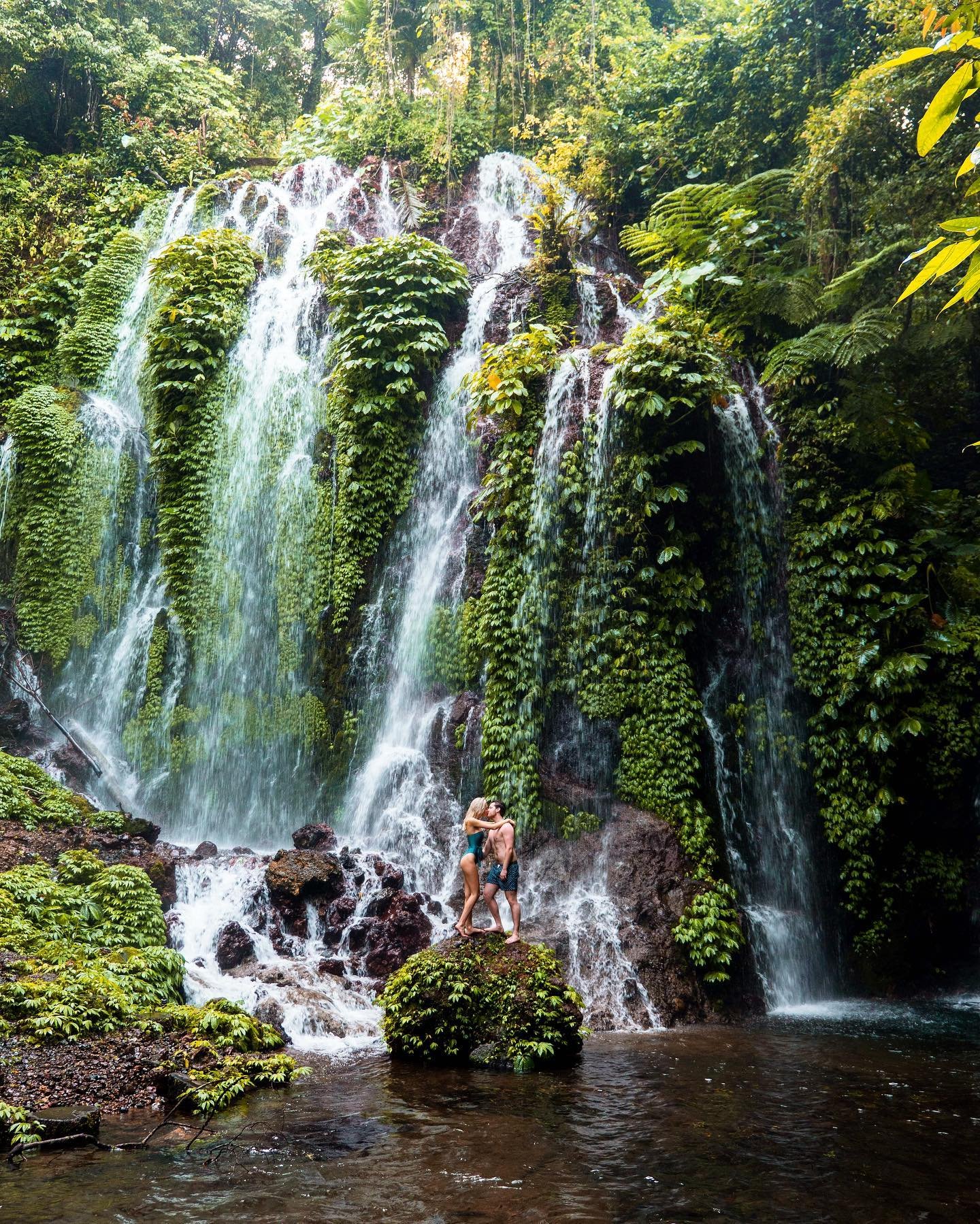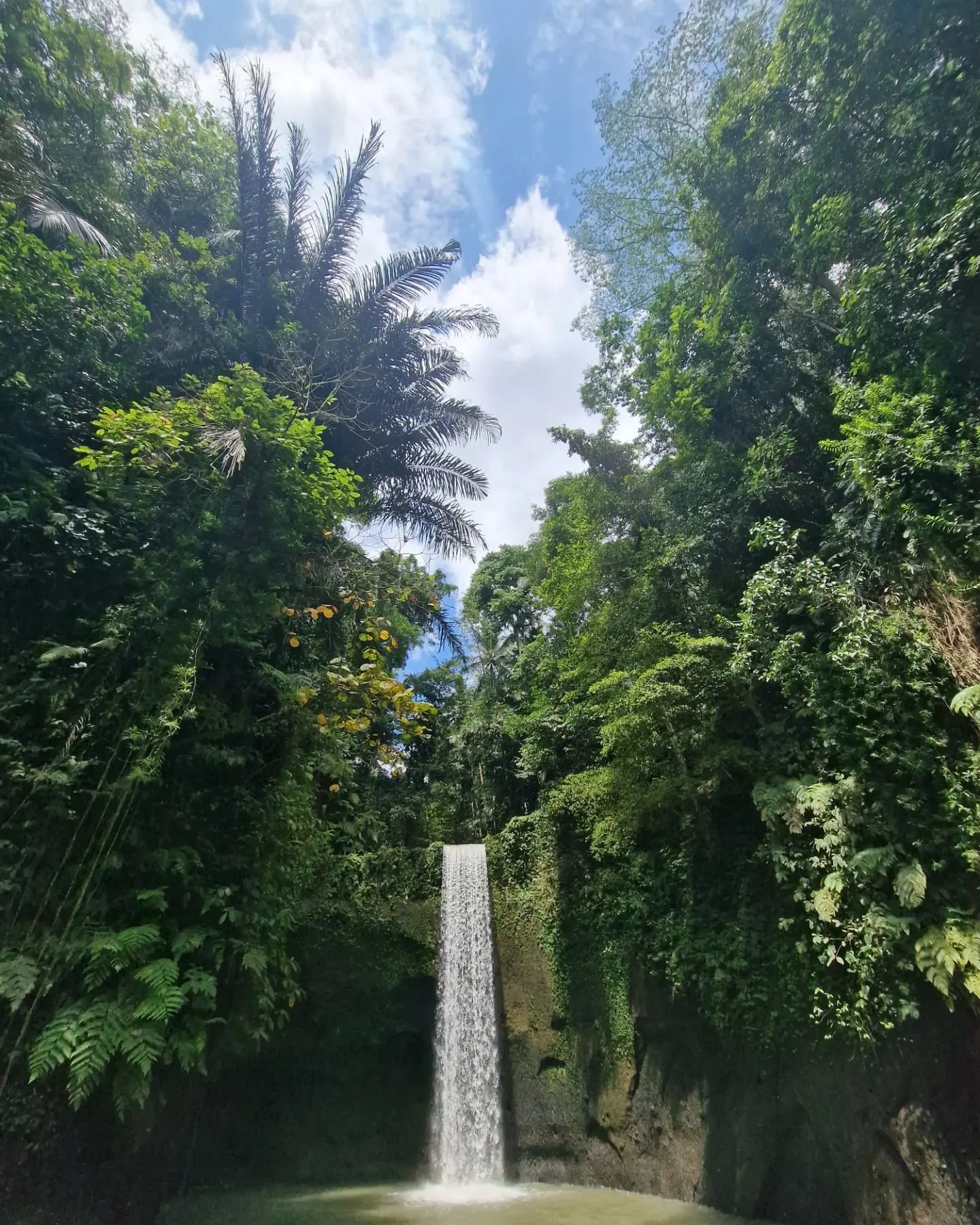Is Bali an island? Exploring the geographical identity of Bali
Is Bali an island? How has its geography influenced its culture?
Table of Contents Show
You might have an idea where Bali located, but wonder, is Bali an island?
In this article, we will explore Bali's geographical identity, uncover its unique features and its cultural significance.
Is Bali an island?
Yes, Bali is an Indonesian island, located between the islands of Java to the west and Lombok to the east. Bali is a completely independent island and is not connected to any other land mass.
The island of Bali is known worldwide for its breathtaking landscapes, pristine beaches, and vibrant cultural heritage, and these features are all the result of Bali being an island.
Fascinated? You might also like to read about: Is Bali in Indonesia? and Is Bali a country?
Is Bali a city?
The name “Bali” is given to the island as a whole. Denpasar is the capital city of Bali Island. Interestingly, the province of Bali is actually made up of four islands: the island of Bali and the three sister islands of Nusa Penida, Nusa Lemgongan, and Nusa Ceningan, which are part of the Klungkung Regency of East Bali.
By the way, Jakarta's reign as Indonesia's capital will soon come to an end as a new capital city is currently being constructed in the East Kalimantan province of Borneo. The upcoming capital, Nusantara, is expected to be inaugurated in 2024, with the relocation process estimated to last between three and five years.
Geography of Bali: location, size, and surrounding islands
Situated in Southeast Asia, Bali is a province of Indonesia. The Bali Sea surrounds the island to the north, the Indian Ocean to the south, and the Bali Strait to the east, separating it from the island of Lombok. Bali's nearest neighboring island to the west is the island of Java, where the current capital city of Indonesia, Jakarta, is located.
How big is Bali Island?
Bali covers an area of approximately 5,780 square kilometers (2,230 square miles) and is home to a population of over 4 million people. The largest concentration of population is in Bali's south and central regions. North and East Bali are lightly populated, and West Bali is almost all wilderness and features the Bali Barat National Park.
Bali's unique island features: landscapes, beaches, and volcanic activity
The striking natural features of the island of Bali significantly influence and define its shape and appearance. Bali offers an awe-inspiring variety of landscapes, ranging from lush rice terraces to dense jungles and dramatic volcanic peaks. Mount Agung and Mount Batur, two active volcanoes, contribute to the island's dramatic topography. Bali's coastline is dotted with stunning beaches like Kuta, Seminyak, and Nusa Dua, attracting surfers and sunseekers from around the world.
Our guide, Baligram.me, was created to showcase the natural wonders of Bali as a unique island, and our Bali travel guide is a gateway to your discovery and adventure, so do check it out!
The fact that Bali is an island shapes tourism in Bali
The fact that Bali is a tropical island has much to do with its success as a holiday destination. Bali is a haven for travelers, offering a wide range of attractions and activities. From exploring volcanoes and waterfalls to ancient rice fields and jungle gorges, the natural wonders of Bali offer visitors lots of opportunity for exploration and adventure. The island also boasts world-class surfing spots and opportunities for diving and snorkeling amidst colourful coral reefs and other water sports.
Cultural significance of Bali as an island: traditional arts, rituals, and religious practices
Beyond its natural beauty, Bali is renowned for its rich cultural heritage. The island is home to a vibrant arts scene, with traditional dances, music, and craftsmanship that showcase the creativity and talent of the Balinese people. Bali's religious practices, predominantly Hinduism, play a central role in the daily lives of the locals, with elaborate rituals and ceremonies being held throughout the year.
The fact that Bali is an island contributes significantly to this cultural and religious heritage. Being isolated, Bali was able to develop and maintain a unique form of Hinduism. During the Dutch Colonial era, Bali was left untouched. The Dutch did not regard Bali as having benefits for their administration, and thankfully, this meant Bali was left to develop its own culture without much external influence.
Conclusion
The fact that Bali is an island is of great significance. If Bali wasn't an island and was connected to different cultural populations, its religious and cultural heritage would have been diluted. As a result of Bali being an island, we have the chance to experience one of the world's oldest surviving cultural wonders.
Other articles about Bali’s location
You might like to check out our other articles about Bali’s location:
Where Bali Located? Discover where is Bali, Indonesia
Is Bali in Indonesia? Discover where Bali is located
Is Bali East Asia? Placing Bali in the correct region of Asia
Is Bali a country? Find out what Bali is and where it is
Frequently Asked Questions
How many beaches does the island of Bali have?
No one has done an accurate count, but Bali has literally hundreds of beaches. Many of them are white sand beaches, and others are black volcanic sand beaches. Some Bali beaches are best for swimming, others for surfing, and there are also beaches that are wild and untamed.
Our guide to the best beaches in Bali is a great starting point, as is our guide to secret Bali beaches that only the locals know about.
How long would it take to drive around the island of Bali?
It would take approximately 12 hours of non-stop driving and cover some 420 kilometers to circumnavigate the island of Bali. In reality, road stops for ceremonies, traffic, and the need to take breaks would mean it would take much longer. If you wanted to allow enough time to explore each region and see the whole island, you would need to allow at least two weeks.
Is Bali Island vulnerable to flooding from rising sea levels as a result of climate change?
Bali, as an island, is not immune to the risks associated with rising sea levels. While it is not considered one of the most at-risk islands (such as Tuvalu, Kirabati, the Solomon Islands, and many others), it still faces certain challenges due to climate change. The topography, coastal development, and climate patterns all have an impact on Bali's susceptibility to sea level rise.

























Discover everything you need to know about Bali's new tourism tax before your next visit to this tropical paradise.